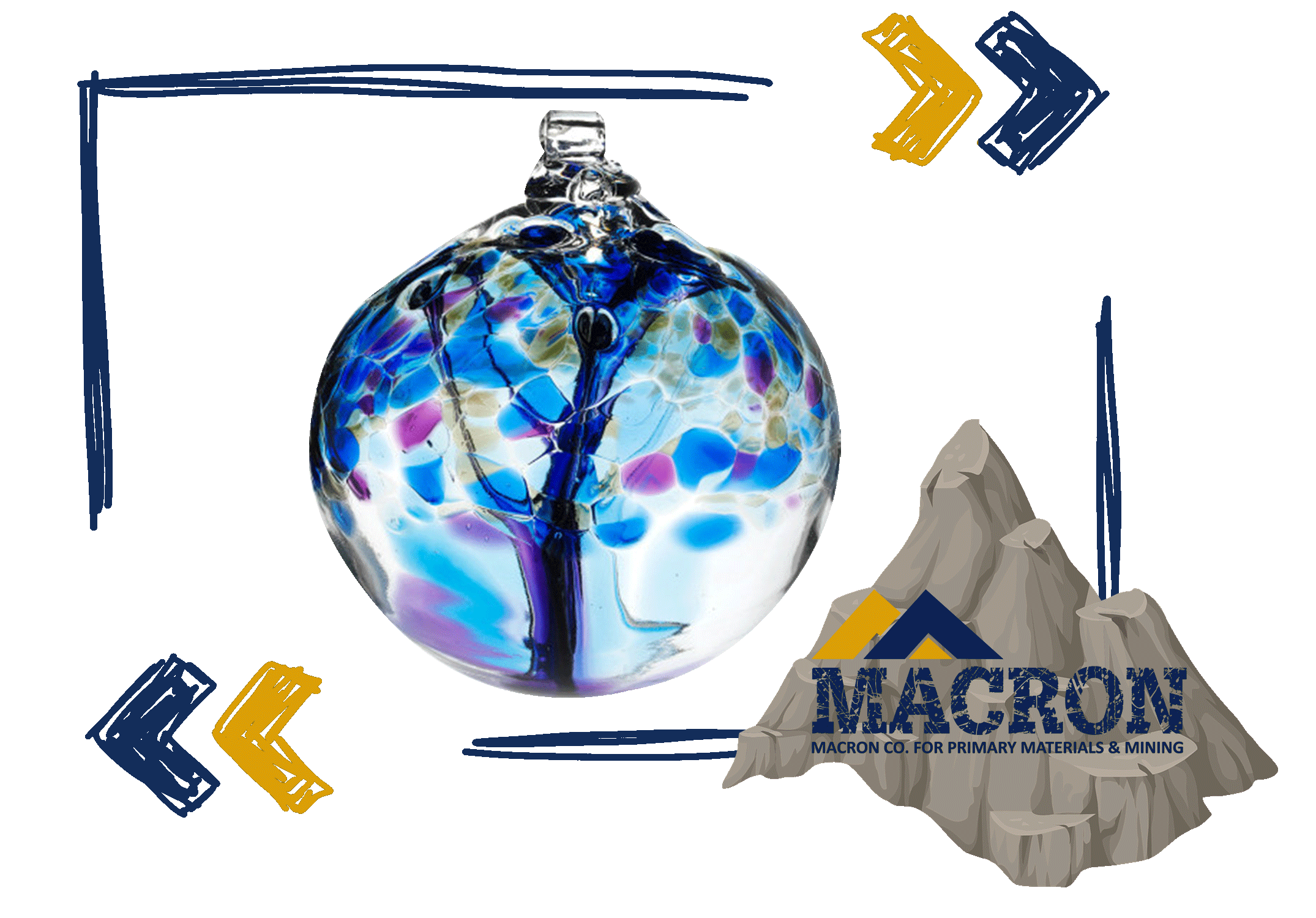
Quartz
Quartz, also known as Palmro, is a common metal in rock and has its high toughness, coming in seventh place after stiffer metals such as brill, sapphire and diamonds. It is widely used in industries such as electronics and glass due to its distinct properties.
Specifications and in-kind characteristics
Extraction, Mining and Product Processing for Industry
We are characterized by the quality of the production process at all stages, from quartz ore extraction, cracking and grinding to granules of certain sizes and specifications, and putting them to local markets and exporting to global markets or introducing them into the industrial field.
1
Extracting
› Quartz are extracted in open drilling operations, followed by drying, sizing; To produce a product suited to the desired applicatione
2
Cracking
› Sorting is done by hand or sorting by color, then raw cracking is done to small pieces and then precise cracking is ready for grinding process.
3
Processeing
›Raw is subject to purification processes such as rough washing, magnetic separation, float separation, and acid leaching process.
Do you want to know the pricing offers?
Quartz ApplicationsUses
Synthetic crystals in laboratories are artificially produced by dissolving raw silicon dioxide (SiO2) in an alkaline water solution at high temperature. Although this process is slow, it provides high purity and generally high quality crystals that are almost as good as naturally existing quartz crystals. Artificial quartz crystals are resistant to acids, corrosion, high temperatures, corrosion, shocks, pressure and bending, and synthetic crystals are used in the electronics industry, semiconductors, solar industry, optical discs and even printing tools.

Quartz sand is often blended with coherent materials such as clay, sodium silicate resin and oil and is used for metal casting purpose. Quartz sand properties such as high melting point and high strength help in metal casting process. Also, grizzovelin quartz is used to smooth the raw edges on metals after they are cut, poured or dug, in the metal casting industry. Quartz sand is also added to molten metals for the process of removing impurities, mostly from oxygen. The sand sticks to the impurities and is then easily removed.

Some materials such as ceramic, crystal, and quartz can produce electricity when exposed to mechanical pressure, the ability of these materials is called to shift voltage to and from mechanical pressure with compression electricity, quartz crystals maintain an accurate frequency standard, helping to regulate clock movement, which makes clocks extremely accurate. Quartz is also used in: radios, microprocessors, and many other technological and industrial applications.

Glass making is an essential use of quartz; The glass is made from a chemical compound known as silica dioxide "SiO2", a colorless crystal compound found such as quartz or sand, which dissolves silica dioxide "which must be exceptionally 99.9% pure" and is left to cool to any desired shape or dimension. Quartz optical crystals are also used in the laser industry, microscopes, telescopes, electronic sensors and scientific instruments.

Quartz crystals are also used in electronics; Because it generates a current on its surface when bent or compressed, quartz crystals have been used to give accurate frequency to all wireless transmitters, radio receivers, GPS transmitters and computers.

For centuries, quartz has been used in the production of jewellery and precious stones, as its solid, polishable, crystalline and durable nature makes it an excellent material for this purpose, including quartz varieties commonly used as jewellery, citrine gemstones, mushrooms, metres, rose quartz, aventurin and opals, and also with greysopholphin structures, such as.

Laboratory crucibles are containers that are used to carry chemicals when conducting chemical or thermal tests. Quartz has a very high melting point and is chemically inert, therefore, it is used in making these crucibles. The advantages offered by quartz crucibles include: low expansion, thermal shock resistance, and excellent dimensional stability.

Quartz sand is highly resistant to crushing; During oil and natural gas extraction, sand is pushed down the oil and gas wells under very high pressure in a process known as hydraulic fracking, causing this high pressure to break the tank rocks, injecting sand into the resulting fractures, these durable sand pellets help keep the fractures open even after the pressure has gone, making it easier to flow natural gas into the well hole.

